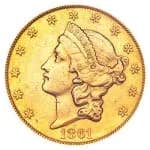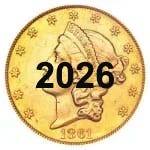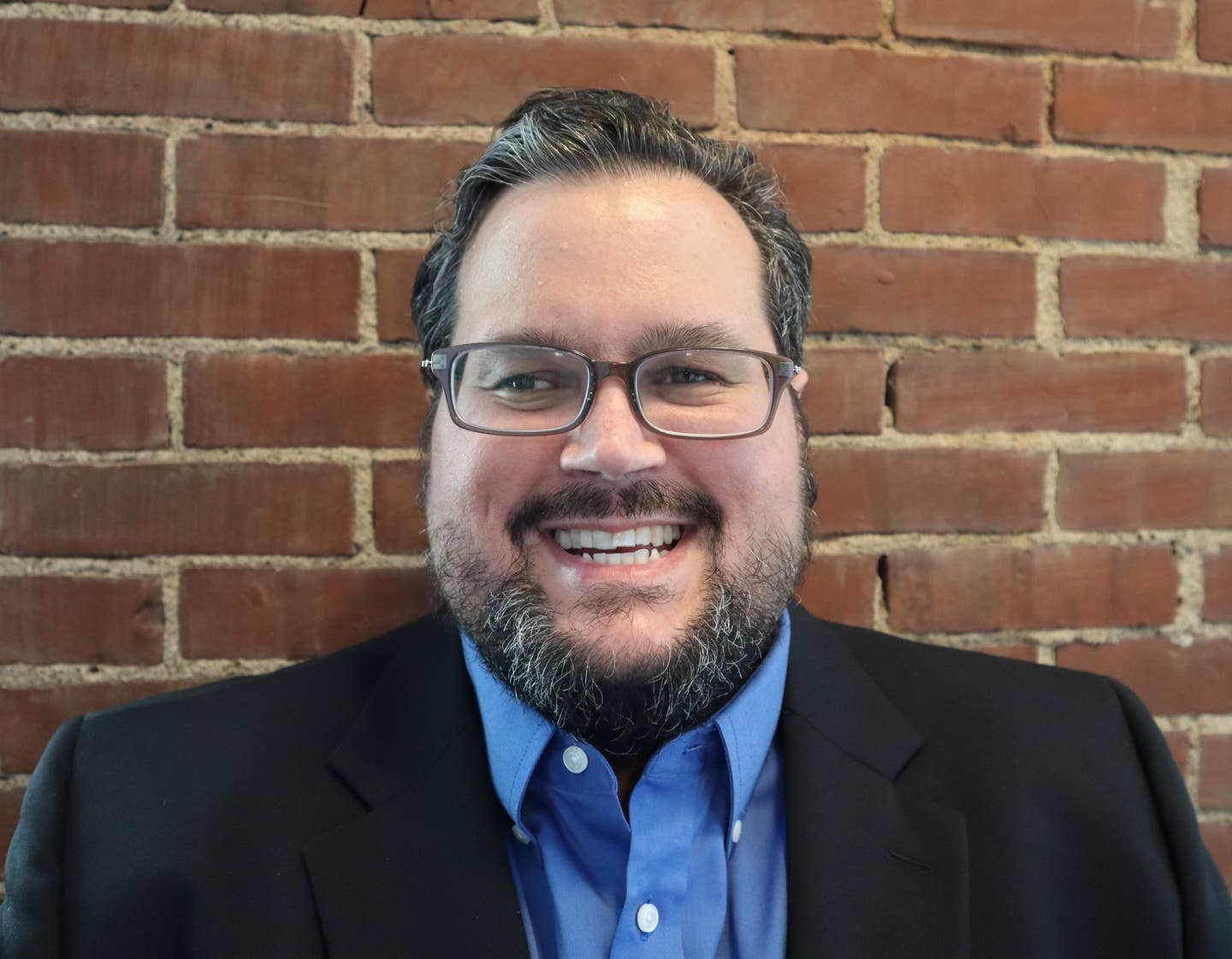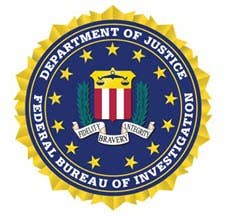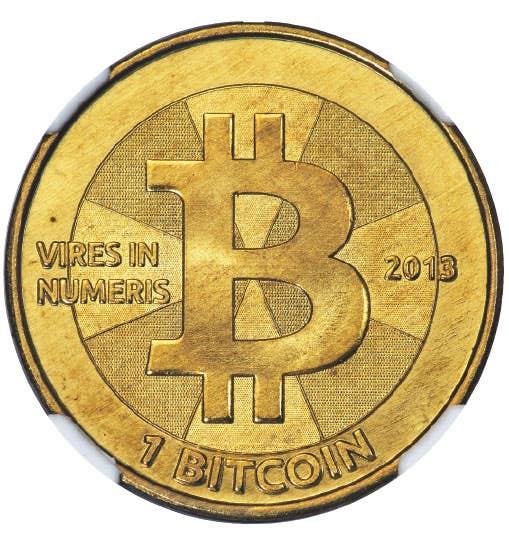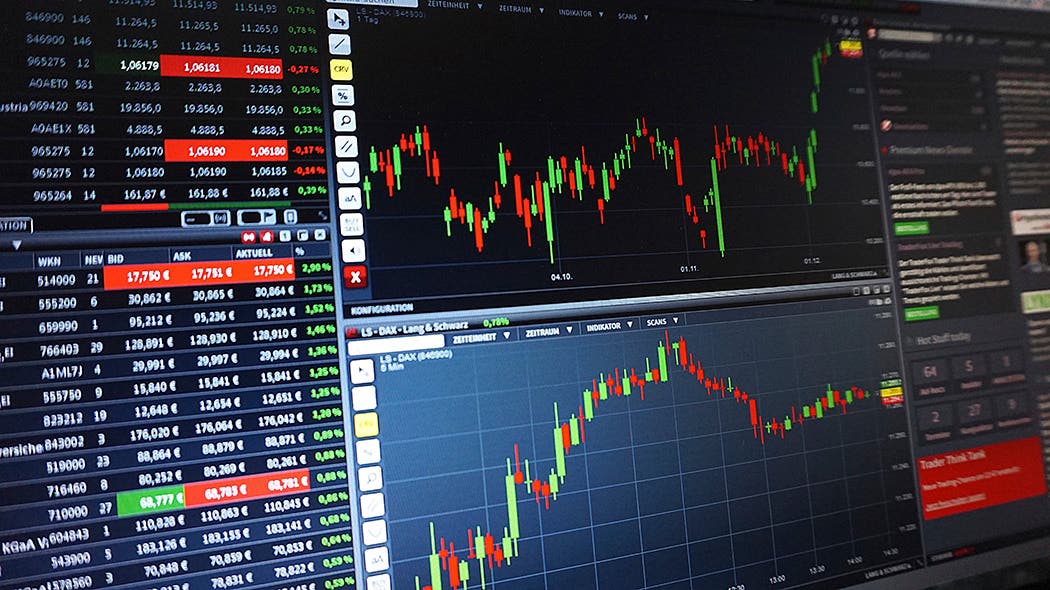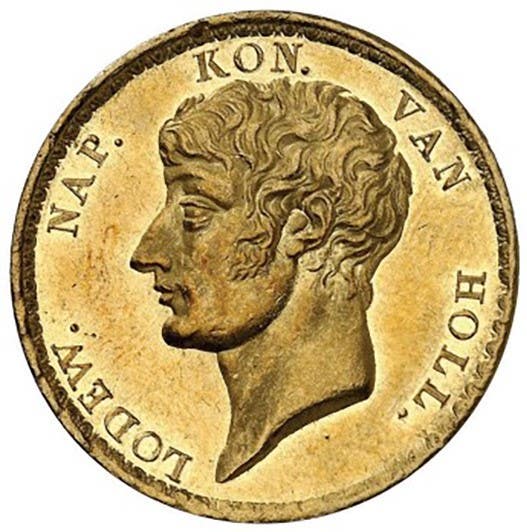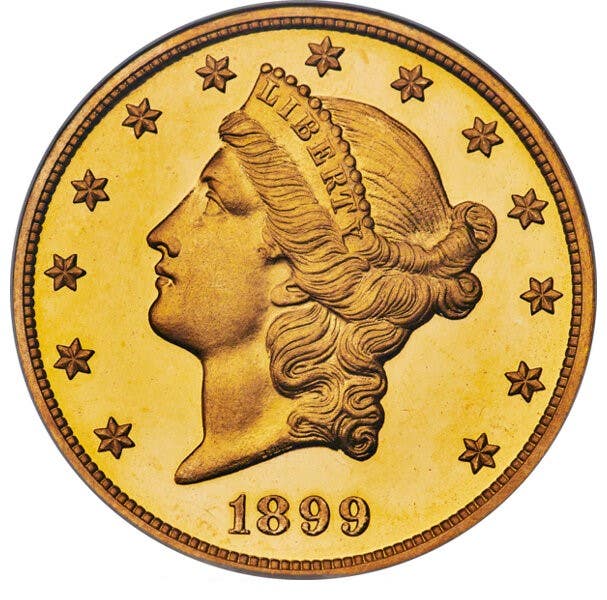It doesn?t hurt to say nice things about the Arizona quarter in its home state and U.S. Mint director Ed Moy did just that June 1 to a group of about 30 people attending a Coin Collectors Forum in Phoenix the day before the new quarter?s official debut.
?Placing the Grand Canyon on the small surface of a quarter was difficult,? he said, ?but this is a beautiful quarter that will be popular.?
Though he was brought to town to honor the quarter, that was not the only topic in Moy?s wide-ranging discussion.
He talked about the upcoming 2009 coin programs, including the Native American $1 coin series and the 2009 Lincoln cent redesign. He also discussed the history of the ultra-high relief double eagle coin program that the Mint has initiated. He told the crowd, ?This will be the coin that Saint-Gaudens and Teddy Roosevelt envisioned.?
He also said it won?t stack either, but this coin is for collectors, not circulation as was the case a century ago.
Where will the gold come from?
Moy answered that the Mint operates under the ?Buy America? policy. He explained that vendors often purchase gold from countries that have treaties with the Mint, which is a permissible practice.
Moy asked the crowd what it liked or disliked about the Mint?s coin programs.
An audience member asked about the Mint?s sale of silver American Eagle bullion coins amid unprecedented high demand. Moy answered that the Mint has two silver vendors (Sunshine and VSL) that can meet the agency?s high volume orders and fabrication specifications. He said the Mint faces a challenge to find more vendors who can produce such blanks in high volume while meeting specifications.
He was asked how many of the gold, silver and platinum bullion coins leave the country. Moy answered, ?Very little.?
When the high cost of producing cents and nickels became the topic, Moy explained seigniorage, the rising cost of metals and the Mint?s responsibility to produce circulating coins in the most cost effective way possible. He said that current legislation designating a steel cent, rather than giving the Mint the authority to choose the best, least costly metal, does not provide the flexibility that is needed for the most efficiency.
An audience member asked if cents and nickels with a different metal composition could mess up vending machines and coin changing machines.
Moy pointed out that cents are not used in vending machines and added that the Mint had to be careful about changing the content of coins because many factors must be considered and the agency wants to be responsive to taxpayers.
An audience member asked if the United States Mint has considered making its lowest denomination coins out of something other than metal. Moy said that topic has come up, but the Mint currently does not have that authority.
He was asked if the new 2008 Louis Braille commemorative silver dollar would have a ?bump? on it from the Braille, so that the Braille can be read. He answered, ?Yes, that is a specific design feature.
When asked if the Mint was considering making coins for other countries, he answered that occasionally the Mint is approached, but it would not make sense at this time. The Mint produces a high volume of coins and interrupting production to manufacture another country?s coins (which would not be a huge number) would not be warranted.
On a May trip to South Korea for the Mint Directors Conference, Moy stopped also to visit the Japan Mint. With a similar employee count of 2,000 each, the U.S. Mint produces 16 billion coins and Japan 1 billion.
Moy was asked how he became a coin collector, and he described his days serving as a cashier in his parents? restaurant.
What is the future of the Presidential $1 coin?
Moy answered that he thinks the future is good, because the worldwide trend is towards higher denomination coins. He credited that to the $1 coin being convenient. He said the challenge is to show how beneficial $1 coins are and to make them ubiquitous.
He was asked if there?s a problem with coin counterfeiters. Moy answered that counterfeiting is not a major problem in U.S. coinage because it takes a lot of work to stamp a piece of metal into a coin. He added, ?The economics of counterfeiting would say it?s better to concentrate on $100 bills.?
He was asked if there?s concern the United States will soon become a cashless society.
Moy said that it is true that electronic transactions are growing fast. However, the use of cash remains about the same. He added that electronic transactions have come at the expense of checking, not coins.
Moy was asked why the dime is smaller than the nickel and whether the Mint has any plans to change the size of coinage. He explained that congressional action would be needed to alter coins sizes.
The director was asked about former Rep. Jim Kolbe?s past attempts to eliminate the cent. Moy said that there currently is no similar legislation to eliminate the coin. Though some people complain about the cent, the fact is that many have affection for it, he said.
How is demand for a coin determined? Moy used the example of when Starbucks goes to the bank and places an order for coins, that bank then places an order for coins with its Federal Reserve Bank and the Fed places orders, which Mint fills.
Moy was asked if the U.S. would ever consider making bi-metallic coins. He responded that some countries had used bi-metallic coins in the past to foil counterfeiters, but the trend now is away from bi-metallic coins. He reiterated that the Mint has not found counterfeiting to be a problem with coins.

